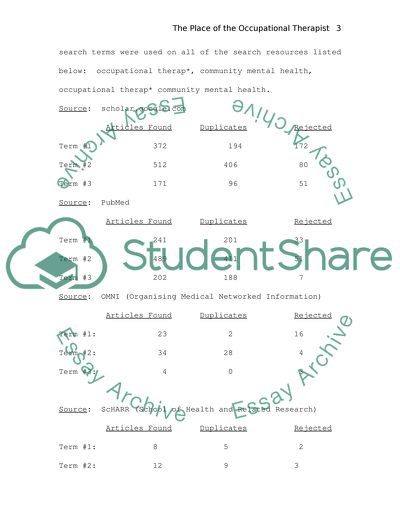Cite this document
(“Developing Optimal Mental Health Teams Dissertation”, n.d.)
Retrieved from https://studentshare.org/health-sciences-medicine/1535848-developing-optimal-mental-health-teams
Retrieved from https://studentshare.org/health-sciences-medicine/1535848-developing-optimal-mental-health-teams
(Developing Optimal Mental Health Teams Dissertation)
https://studentshare.org/health-sciences-medicine/1535848-developing-optimal-mental-health-teams.
https://studentshare.org/health-sciences-medicine/1535848-developing-optimal-mental-health-teams.
“Developing Optimal Mental Health Teams Dissertation”, n.d. https://studentshare.org/health-sciences-medicine/1535848-developing-optimal-mental-health-teams.


